L’Espelt Roman Villa (Òdena) was declared a Cultural asset of national interest / Archaeological zone in July 2015 by the Catalan government’s department of culture.
There was an Ibero-Roman settlement here (2nd-1st centuries BC), and the villa was built in the first third of the 1st century AD. It was abandoned in the 6th century AD and was buried for centuries under farmland.
Whether you come on foot or by car from the locality of L’Espelt, you will find the routes to the villa marked. It is easy to visit, but is not suitable for pushchairs or wheelchairs. We invite you to enjoy the site on a self-guided visit, following the route laid out around the remains. You must not walk round inside the site or climb on the walls.
A responsible attitude helps to preserve the site and make your visit a pleasant experience.
The village of Òdena offers a range of possibilities to discover its history, nature and gastronomy. It is a municipality made up of villages, hamlets and isolated houses, all surrounded by vineyards, farmland and woods. A landscape overlooked by the mountain of Puig Aguilera which makes Òdena an ideal natural setting for country holidays, adventure sports and walking. Its attractions include the landscape itself, the natural setting and rural life. But there are also architectural point of interest like the chapels of Sant Miquel, Sant Bernabé and Sant Sebastià, L’Espelt Roman Villa and the Torre del Castell.
Another place of interest is the aerodrome of Igualada-Òdena, which hosts the Aerosport fair in May, and the Fira de La Vinyala in September and the Fira dels Torrons in January are attractions for visitors and lovers of fine food and wine.
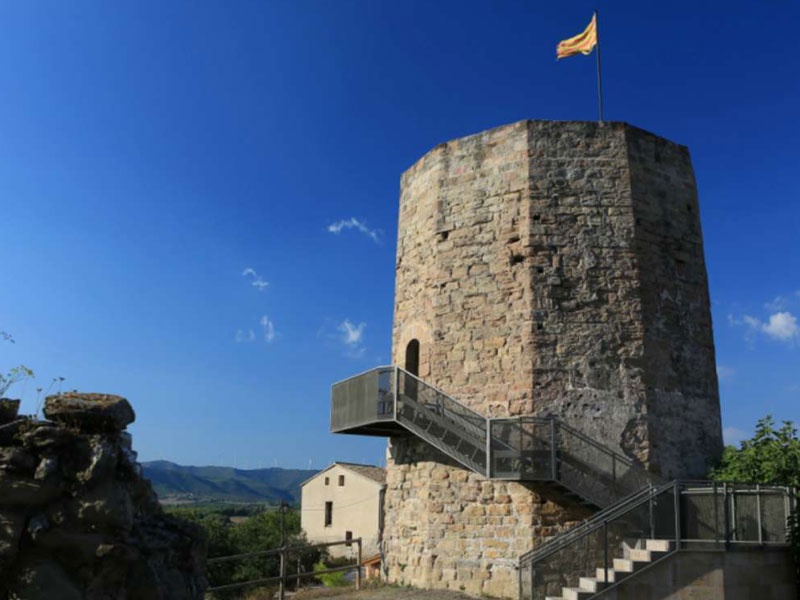
One of the attractions of Òdena is its castle, which is on the Anoia Terra de Castells route.
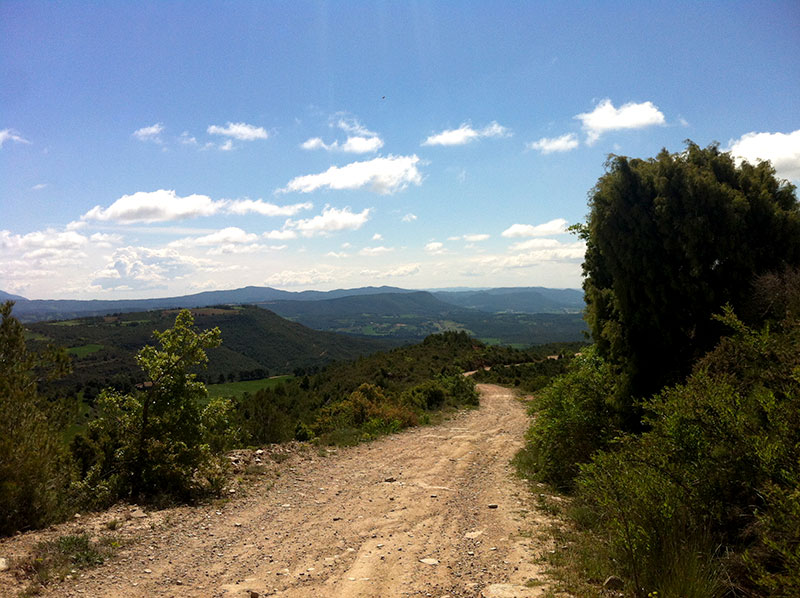
The landscape and country paths in the area are particularly picturesque.
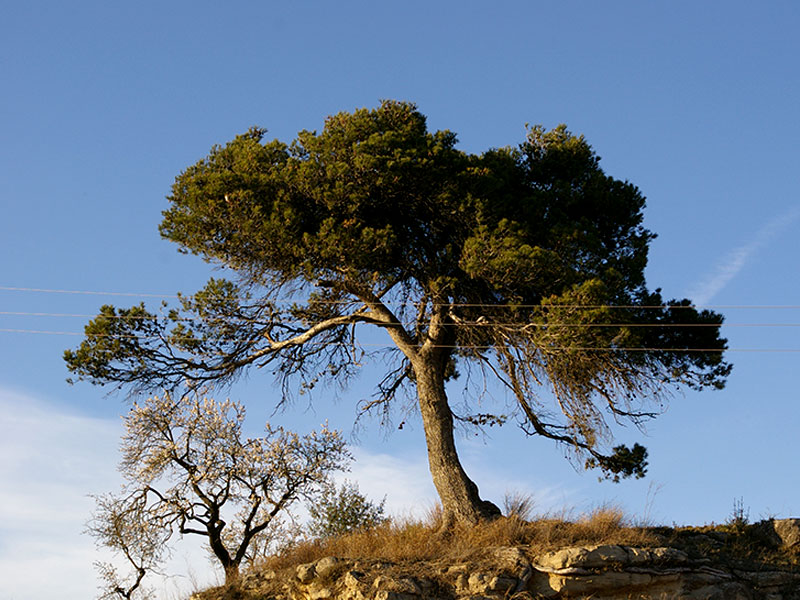
There are 10 trees listed as being of local interest to see.
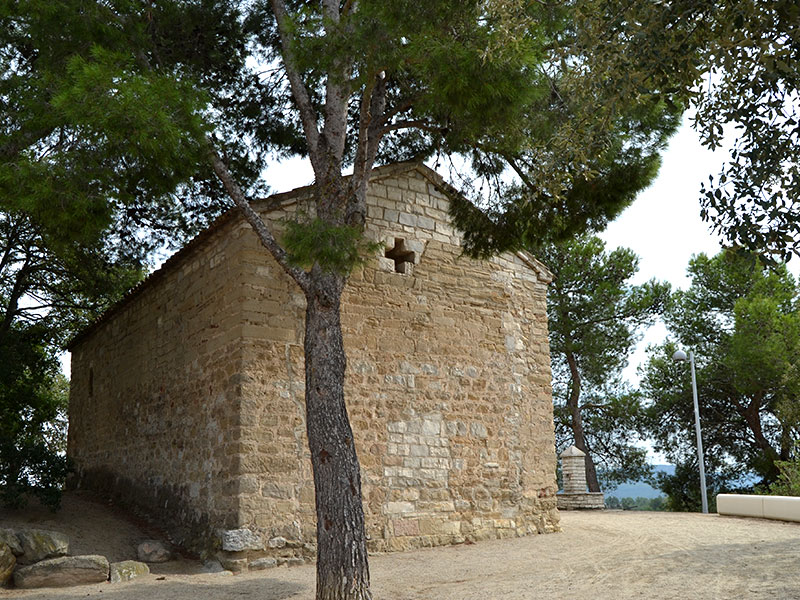
Other places of interest to visitors to Òdena.
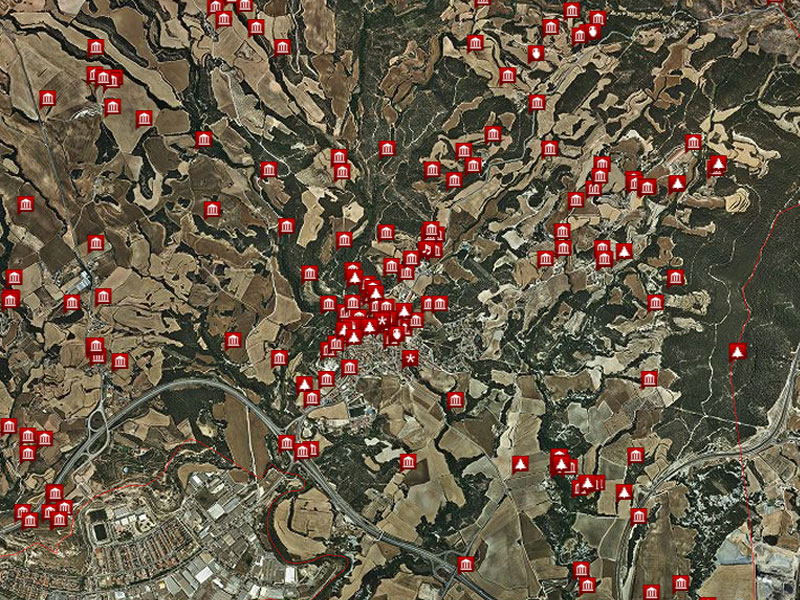
Map of cultural and natural heritage in the municipality
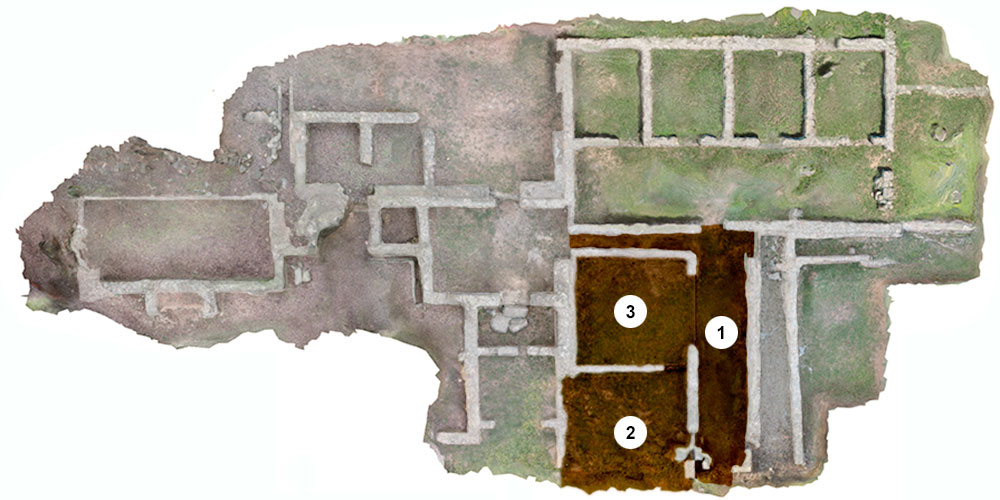

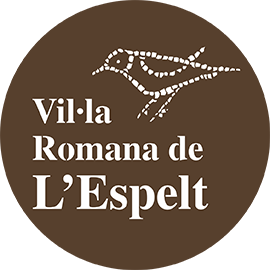



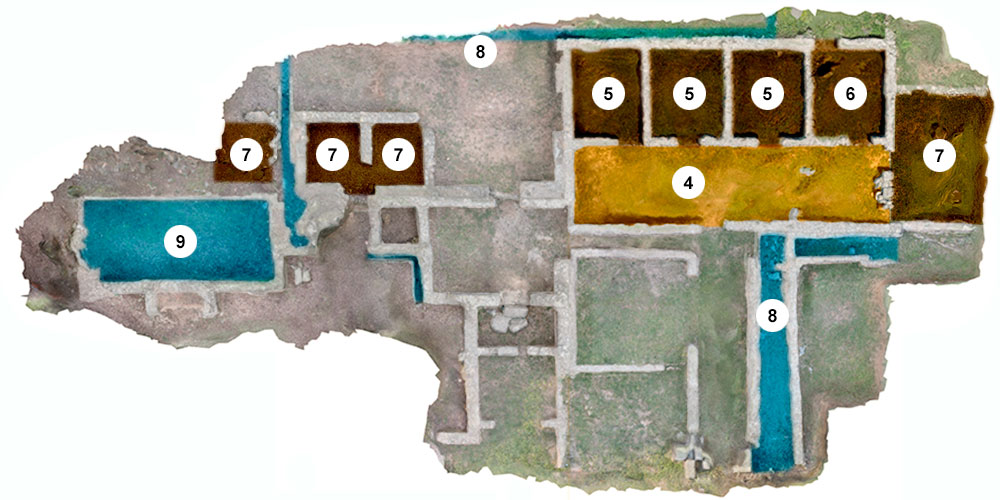
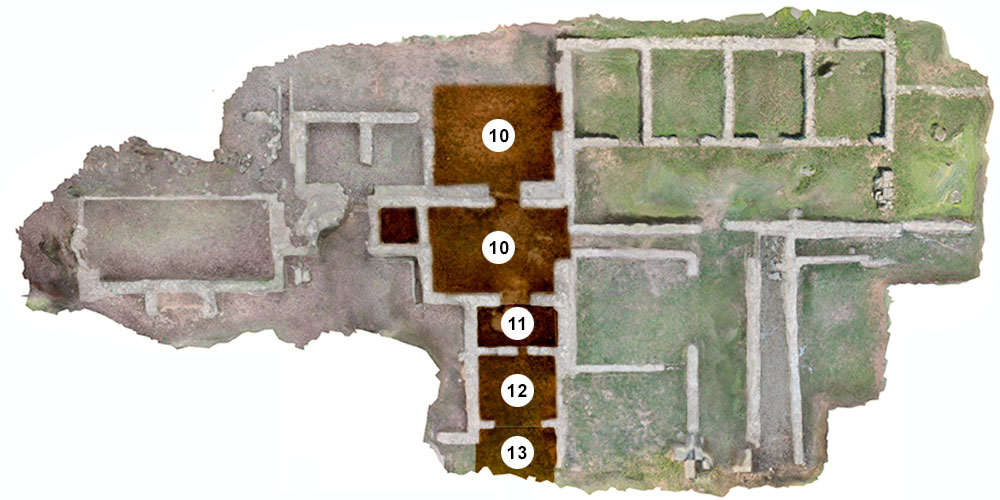
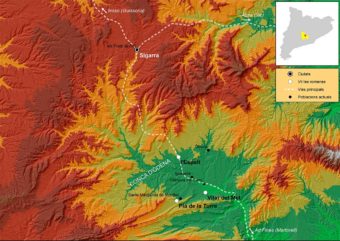
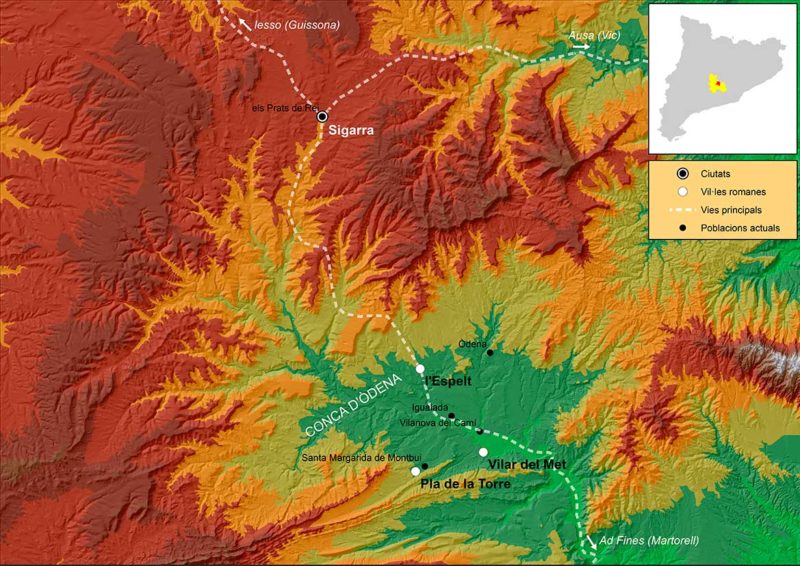
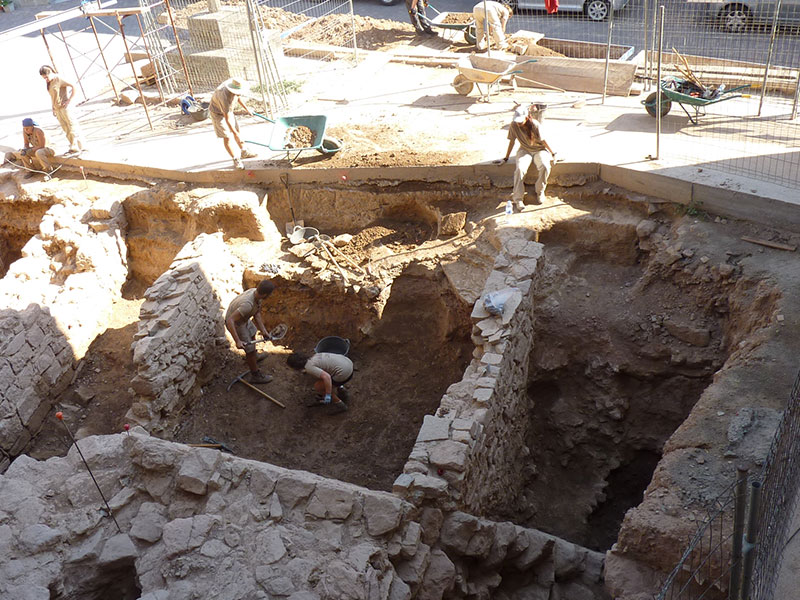
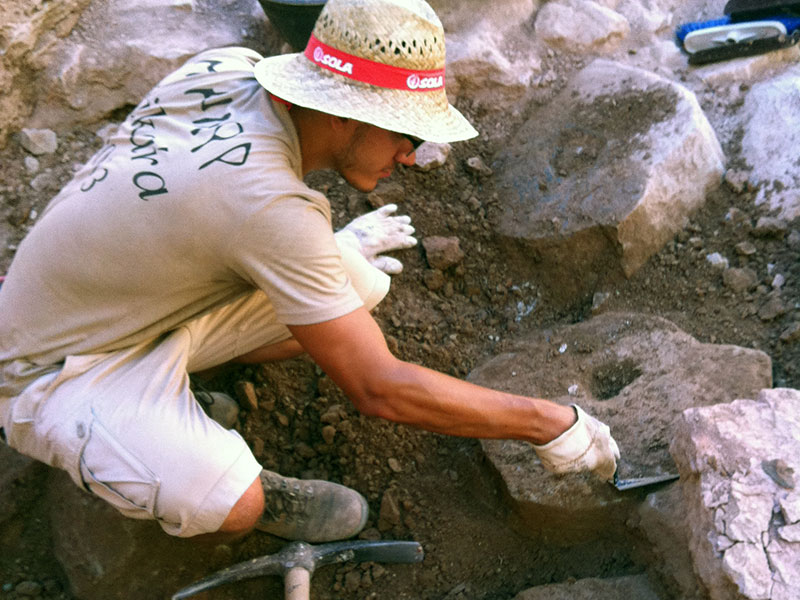






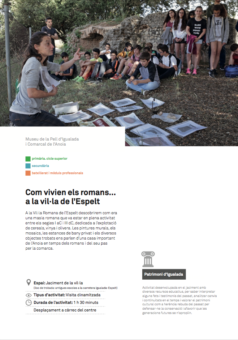
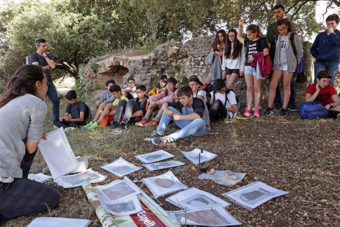
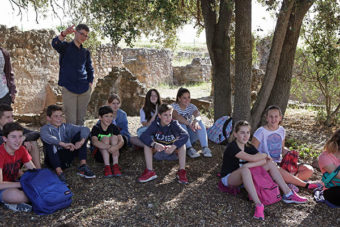

 Català
Català Español
Español Français
Français